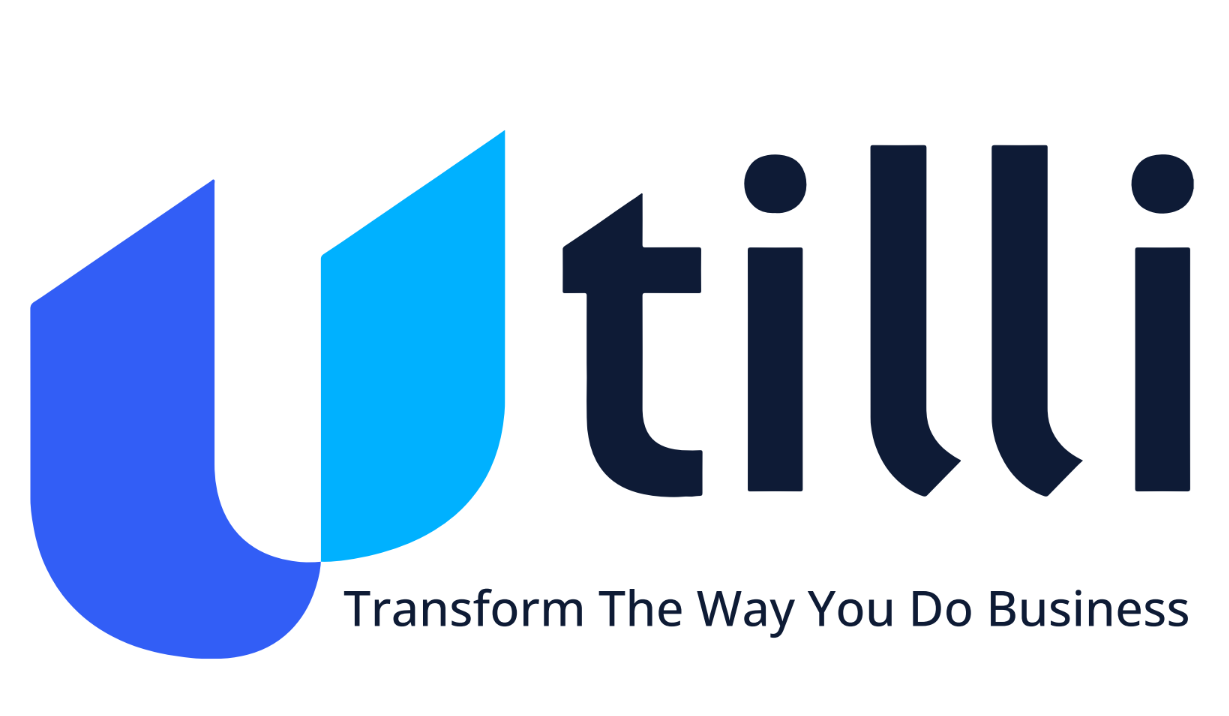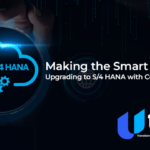There is an ongoing contentious discussion about the Software as a Service (SaaS) model and its role as capital expenditure (CapEx) or operational expense (OpEx). And we’re here to throw in our two cents as well.
For a basic refresher, let’s discuss what CapEx and OpEx and the role those terms play in accounting and software expenses in the world of utility companies.
CapEx vs. OpEx
CapEx refers to expenditure used by a company to acquire new assets or upgrade existing ones and related technology to solve critical business problems and improve process inefficiencies aimed at increasing and enhancing service offerings resulting in more money in the future. New technology, machinery, or buildings are capital expenditures because a company is incurring these expenditures now to increase future income.
OpEx is the day-to-day expenses like rent, payroll, or marketing costs. These operational expenditures are necessary to run the business daily. Most of these expenses are recurring expenses.
Utility companies, like other organizations, are not immune to these expenditures or expenses. On the CapEx side, things like buying land or grounding power lines, or better software or technology are necessary expenditures to benefit future income. You’ll see typical costs like employee wages or insurance on company vehicles for field personnel on the OpEx side.
From a utility industry perspective, CapEx expenditure can be — and in most cases are — included in rate case increases that are charged back to consumers. They’re required to be approved by public service commissions or civil service oversight bodies or equivalent in such cases. An increase in OpEx spending that is not entertained by the public service commissions as a candidate for rate case increases petition. Typically, a decrease in OpEx is not passed back to the customer as a savings but retained as a profit by the utilities.
Most software companies often sell software through giant licensing fees incurred upfront. This enterprise software model would place software directly in the capital expenditure camp: it’s an upfront cost intended to increase future income.
The SaaS model, on the other hand, employs a rental-like model. You avoid hefty fees upfront and look at the software as a day-to-day cost that drives down operational costs.
The decision to classify software as an operational expense or a capital expenditure depends on the methods, processes, and approvals for categorizing expenditure (CapEx) vs. expenses (OpEx) and how your organization thinks about the role of technology in the company. This is mainly from an accounting and tax regulations perspective. For CapEx, there is always upfront cost which requires forecasting, investment, and budgetary approvals and a diligent attempt to make that improvement as part of a rate case cycle. OpEx is a more straightforward proposition, with on-demand contracts that mostly are at-will termination and very few commitments.
Historically, the classification of SaaS software expense as OpEx stems from the legacy definition and use of old accounting and tax practice of CapEx. CapEx is a purchase expenditure that an organization records as an asset that will have a useful life beyond the tax year that can be depreciated and financially written off over time.
Since a utility does not own a SaaS software nor is allowed to download the software, the SaaS solution is treated as a service, which is considered an operating expense by the generally accepted accounting principles (GAAP) and, therefore, not allowed in a rate case. Traditional regulatory bodies and utility business models do not allow utilities to be nimble and innovative in their service offerings. The National Association of Regulatory Utility Commissioners (NARUC) realized the benefits of SaaS and the rapidly changing technology landscape of this century. It passed a regulation encouraging State Utility Commissions in the US to consider the use of Cloud Computing Arrangements (i.e., SaaS) in rate cases, making SaaS eligible to accounting and tax benefits of a CapEx expenditure!
As lines between OpEx and CapEx blur with technology advancements, we thought it essential to be clear on how software like Utilli should be looked at as OpEx due to its role in decreasing day-to-day costs no upfront fees.
Tilli’s Model
We operate on the SaaS model rather than the software license model, already eliminating the upfront expenditure typically associated with CapEx and resultant challenges with rate case increase, regulatory approvals, and negative connotation with consumers with increased tariff. We, like other software companies in the ERP SaaS world, have implementation expenses and have structured the project accounting to absorb the cost and investment over time, recouped via the SaaS fees.
While software has been purchased in the past as CapEx, it’s time to look at the underlying realities and benefits of looking at SaaS companies as OpEx and their role in reducing the day-to-day operational costs. When the State Commissions finally accept SaaS as a CapEx, it will be a win-win for everyone. So, until then, it is best to let your IT departments make a business case for SaaS or allow us to come in and make a case for you all.
SaaS offers significant IT infrastructure and operations benefits. With SaaS, gone are the days to purchase, install, host, maintain, backup, and restore critical systems and data using quickly outdated and yet expensive hardware and infrastructure. Consider using your operating budget to help your organization achieve more with SaaS than dealing with headaches of the whole capital expenditure process. Adapting an SaaS model for utility companies will create massive shifts.
Please note: Tilli is not providing financial or accounting advice. The information contained in this blog post is just an opinion.
Product
Nudge
tilliCX
Monay
INDUSTRIES
Utilities
Banking & Finance
Telecommunications
And more...
Company
About Us
Careers
Services
Resources
Case Studies
Blog
Support
Request a Demo
Start Free Trial
Contact
Developers
Monay
Documentation
API Referrence
Nudge
Documentation
API Referrence


Follow Us On Social:

Product
Nudge
UtilliCX
Monay
INDUSTRIES
Utilities
Banking & Finance
Telecommunications
And more...
Company
Services
Resources
Case Studies
Articles
Support
Request a Demo
Start Free Trial
Contact
Developers
Monay
Documentation
API Referrence
Nudge
Documentation
API Referrence
Follow Us On Social









